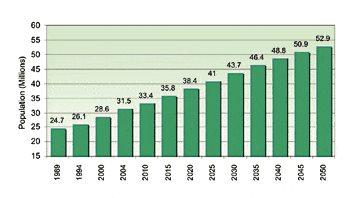Frequency Therapeutics, Inc (Nasdaq: FREQ), announced top-line data from an exploratory clinical study designed to show whether drug levels of FX-322 in the cochlea can be directly measured. In addition to confirming the viability of the approach, study results reportedly showed measurable concentrations of FX-322 in every patient and that anatomical factors did not prevent the active agents of FX-322 from reaching the cochlea. Further, the levels of FX-322 in the cochlea were predicted to reach the therapeutically active range of the treatment, according to Frequency’s announcement.
FX-322 is Frequency’s lead product candidate, designed to regenerate auditory sensory hair cells in the cochlea and improve hearing in patients with sensorineural hearing loss (SNHL). A Phase 1/2 study of FX-322 previously demonstrated statistically significant and clinically meaningful improvements in key measures of hearing function in patients with SNHL.
The exploratory study, initiated late in 2019, was conducted at the Hannover Medical Centre in Hannover, Germany. Results were based on an analysis of cochlear fluid, known as perilymph, obtained intraoperatively from patients undergoing cochlear implant surgery. Each patient received a single intratympanic injection of FX-322, enabling researchers to directly measure the level of FX-322 in perilymph, which is not otherwise feasible in inner-ear studies because accessing the cochlea involves an invasive surgical procedure.
“When we consider these new findings, together with the hearing signal observed in our earlier Phase 1/2 study, we believe we have developed the first known evidence of a pharmacokinetic/pharmacodynamic effect of a potential hearing restoration therapeutic. Through this study we have gained critical insight into the delivery properties of FX-322 and clinical confirmation that it reached the site of action in all study patients,” said Carl LeBel, PhD, Frequency’s Chief Development Officer.
In the study, seven subjects received a single dose of FX-322 at the same dose level given in the Company’s Phase 1/2 study and its ongoing Phase 2a study. Levels of both molecules that make up FX-322 were measured in all patients. The presence of round window membrane mucosal folds in certain subjects did not prevent the entry of FX-322 into the cochlea. Both agents that make up FX-322 were also predicted to achieve therapeutically active drug levels in the high frequency range of the cochlea, based on computer models. Study subjects were followed for approximately 30 days after the procedure and no serious treatment related adverse events were observed.
“Studying perilymph samples from all our cochlear implant patients has helped us to better understand the connection between certain proteins and their association with inner ear disorders. This study has now shown us for the first time that concentrations of a hearing restoration therapeutic candidate can be quantified in perilymph after intratympanic injection, and we believe this novel approach can help accelerate the understanding of therapeutics for the inner ear,” said Professor Thomas Lenarz, director of the Ear, Nose and Throat Clinic and the German Hearing Center of the Hannover Medical School and the principal investigator for the study.
Frequency intends to present the results from this study at an upcoming medical conference.
Source: Frequency Therapeutics





